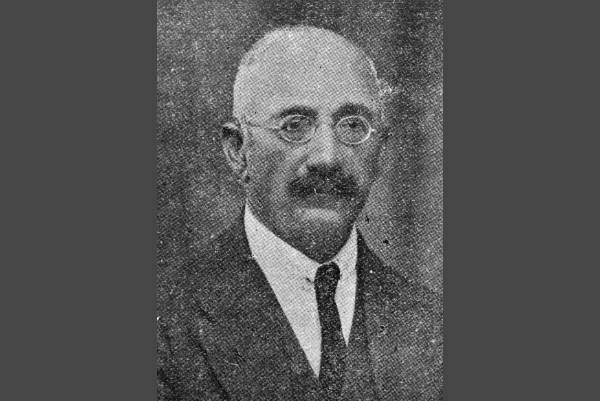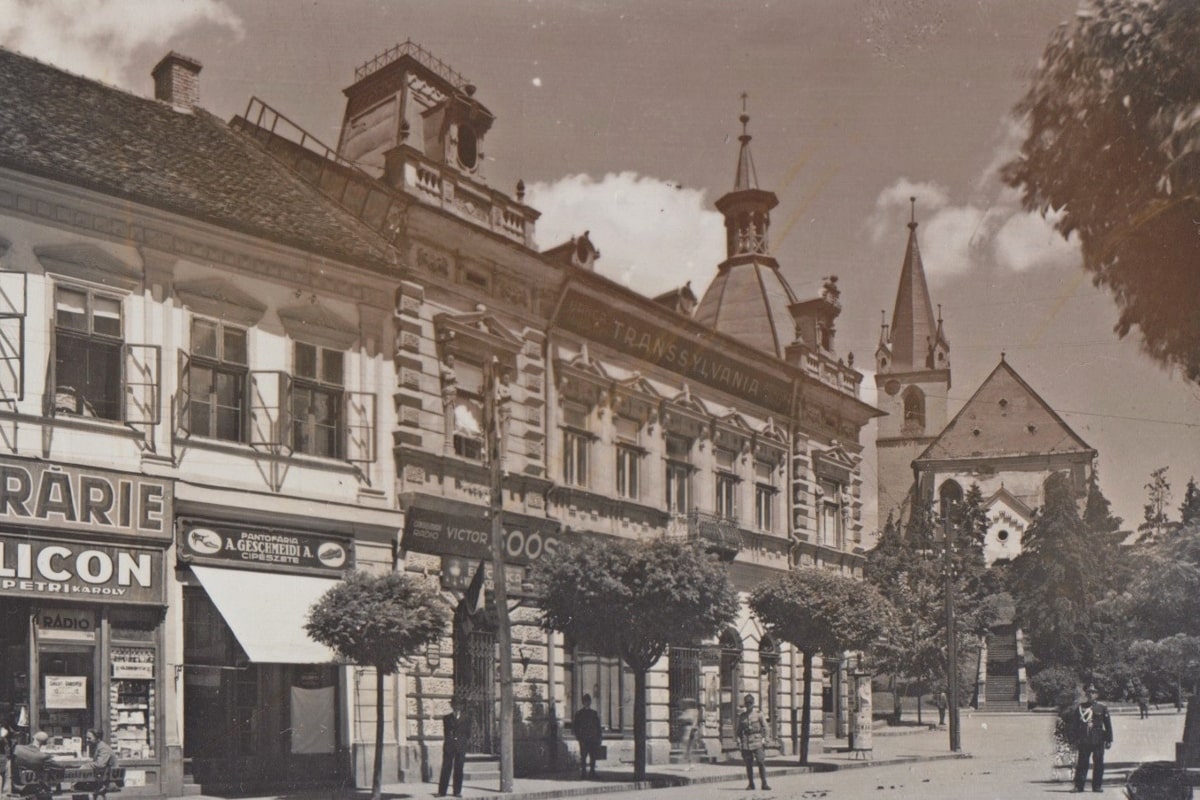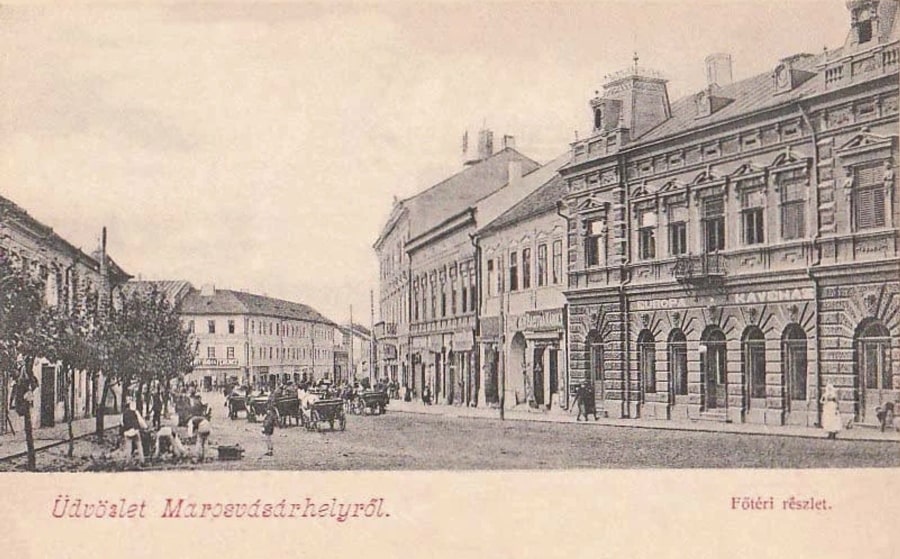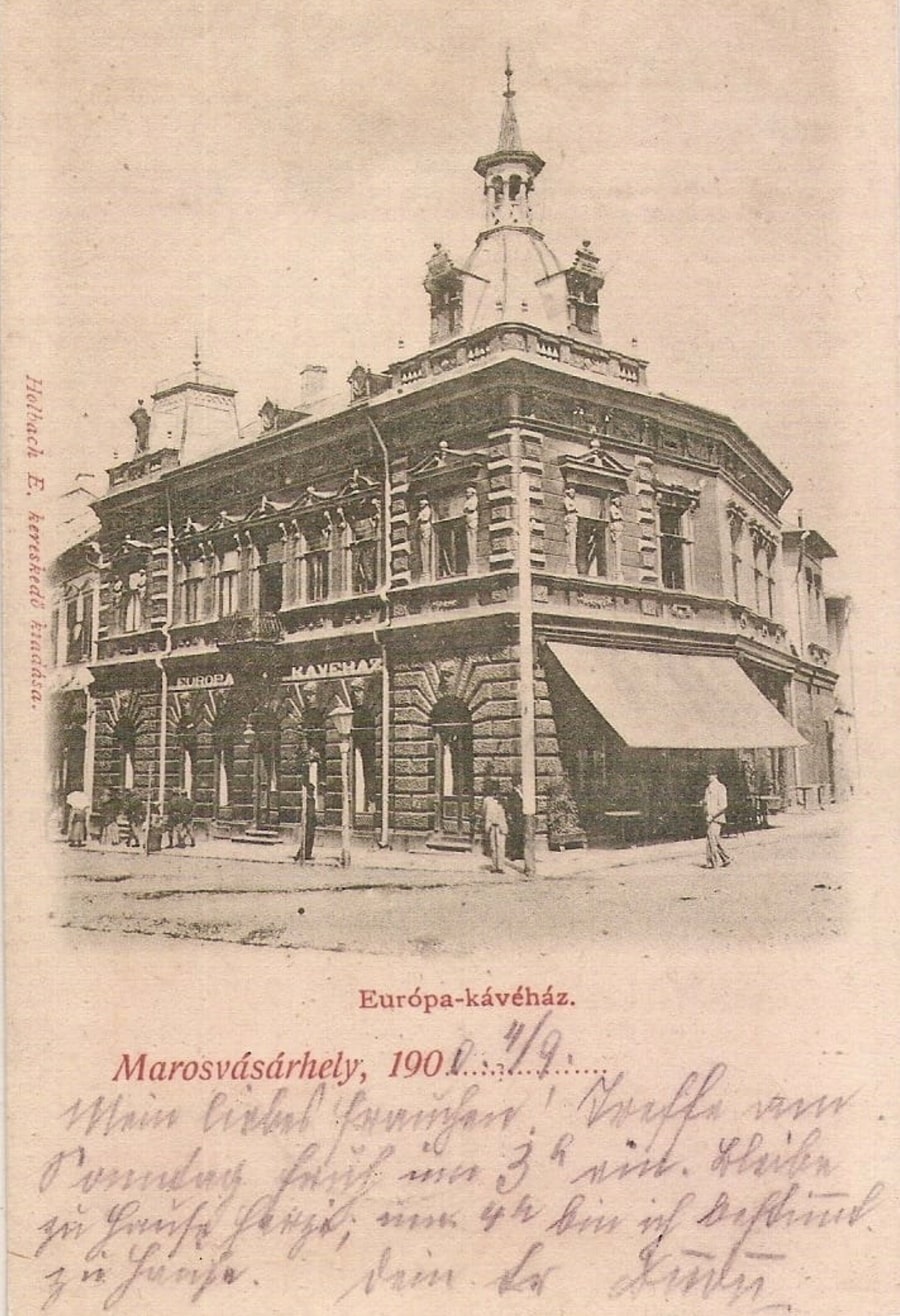

Albert Bürger

Albert Bürger's history goes back to the middle of the 19th century. It is said that in the 1850s there was already a small-capacity brewery on the other side of the Maros, which was bought by an entrepreneur named Károly Kraft in the middle of the century and moved to the other side of the Maros. He modernized to a certain extent, raised production to an industrial level, and operated his brewery on a plot of land adjacent to the future Bürger House, but went bankrupt. In 1886, Albert Bürger, a Jewish businessman from Vajasd in Fehér County, bought the facility, made major investments, modernized the equipment, and multiplied the number of buildings. There are still postcards from the end of the 19th century, on which the huge Bürger factory is clearly visible, from the building known today as the Golden Rooster to the current Lukoil gas station, it was all part of this factory. Thanks to the investments, the brewery became one of the market-leading facilities in the region and gained national importance: at the beginning of the 20th century, it already had an annual production capacity of one hundred thousand hectoliters, although it only used roughly half of it.



